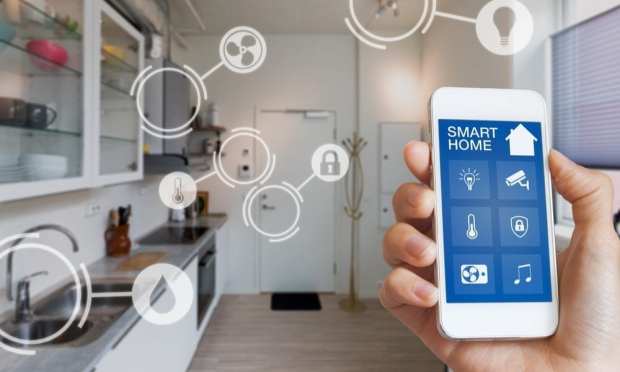Apple, Amazon, Google Team To Make Smart Homes Interoperable

To create and promote the adoption of a new royalty-free connectivity standard to make smart home products more compatible with security as a design tenet, Amazon, Google, Apple and the Zigbee Alliance unveiled a new working group. Zigbee Alliance board member companies like IKEA, Samsung SmartThings and Silicon Labs, among others, are also on board to join the working group to make contributions to the effort, according to the Dec. 18 announcement.
The organization will take an approach that is open source to the creation as well as the implementation of a new unified protocol. The project looks to use contributions from smart home technologies that are market-tested from Apple, Google, Amazon, the Zigbee Alliance and others. According to the announcement, “The decision to leverage these technologies is expected to accelerate the development of the protocol and deliver benefits to manufacturers and consumers faster.”
The Connected Home over IP project’s goal is to grow compatibility for consumers and make development simpler for manufacturers. It is created around the idea that smart home devices should be seamless, reliable and secure. The announcement noted, “By building upon Internet Protocol (IP), the project aims to enable communication across smart home devices, mobile apps, and cloud services and to define a specific set of IP-based networking technologies for device certification.”
The project looks to make it easier for manufacturers of technology to create devices that are compatible with voice and smartphone services like Amazon’s Alexa, Google’s Assistant, and Apple’s Siri. The planned connectivity standard will complement technologies already in existence, and “working group members encourage device manufacturers to continue innovating using technologies available today” per the announcement.
In October, Google announced new products for its Made by Google event, which included a new phone, devices and earbuds for the Google Nest brand, to help facilitate a smart home. Google said, according to past reports, “This year’s Made by Google products are designed to help you in your everyday, without intruding on your life.”
And, in the latter half of the decade, voice emerged as the new commerce ecosystem that will power the connected economy of the 2020s, Karen Webster writes as the 2010s come to a close. In four short years, the world has seen the rapid adoption of voice-activated speakers and the rapid emergence of ecosystems as well as apps that have grown up to support both Google Assistant and Alexa.
The shift was so quick, in fact, that it took half the time for 25 percent of the population in the U.S. to own a voice-activated speaker than it took to have broadband installed in their homes. Based on our own research, today, over 30 percent of consumers report owning a voice-activated speaker. That figure is three times the number of consumers who reported owning one over the three years PYMNTS has been tracking the information — and almost as many noted using it to make a purchase.
Voice is, in many ways, the great equalizer in payments and financial services. It is the most ubiquitous and natural of all methods to communicate and trigger a transaction. Voice commerce and the virtual assistants that enable access will, over the decade to come, speed up the growth of the everyday app ecosystem in addition to the consumers’ embrace of the everyday ecosystems that will simplify their lives as well as the payments and commerce experiences that support them.
